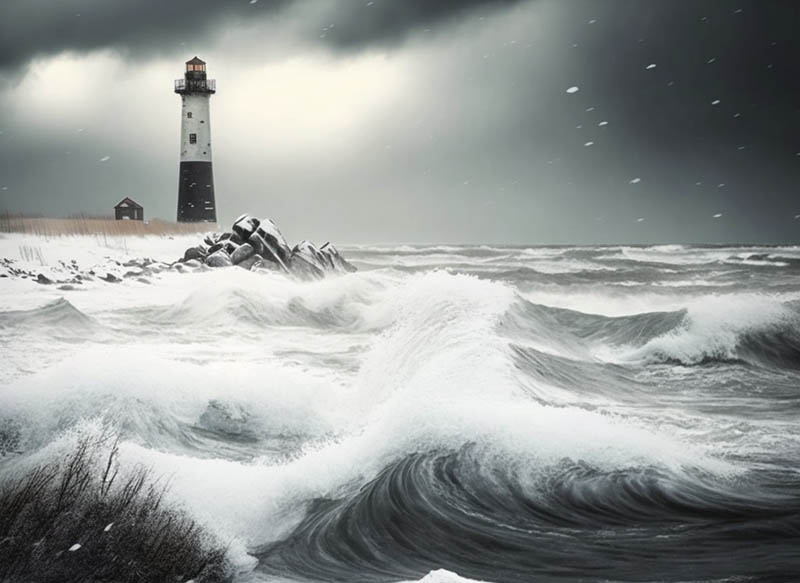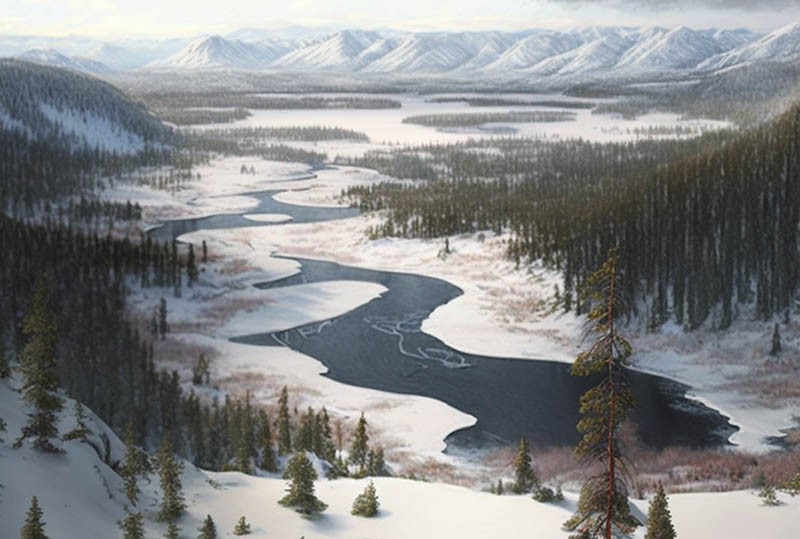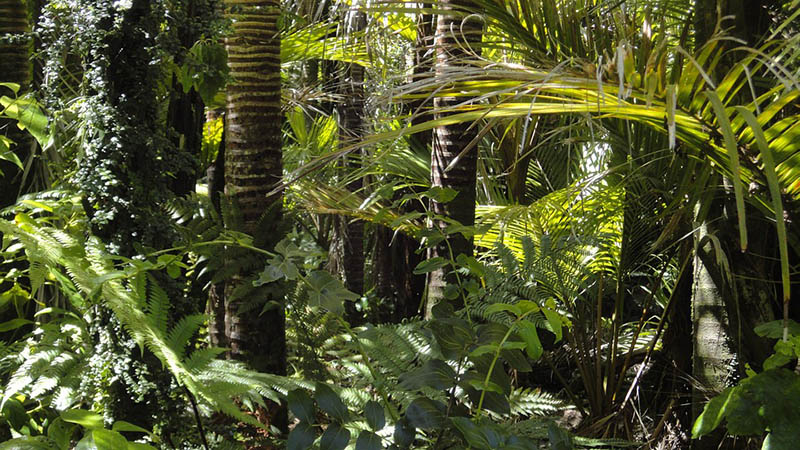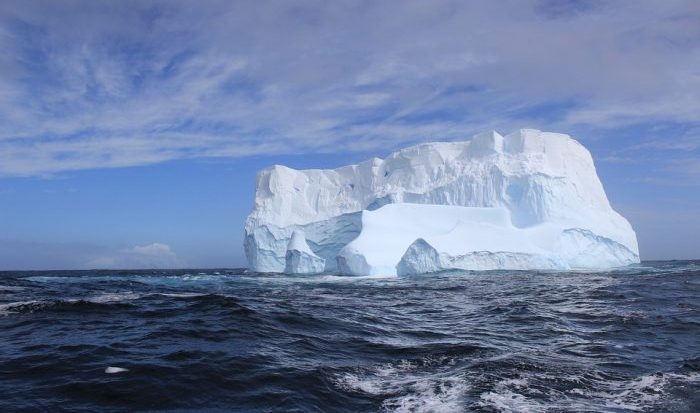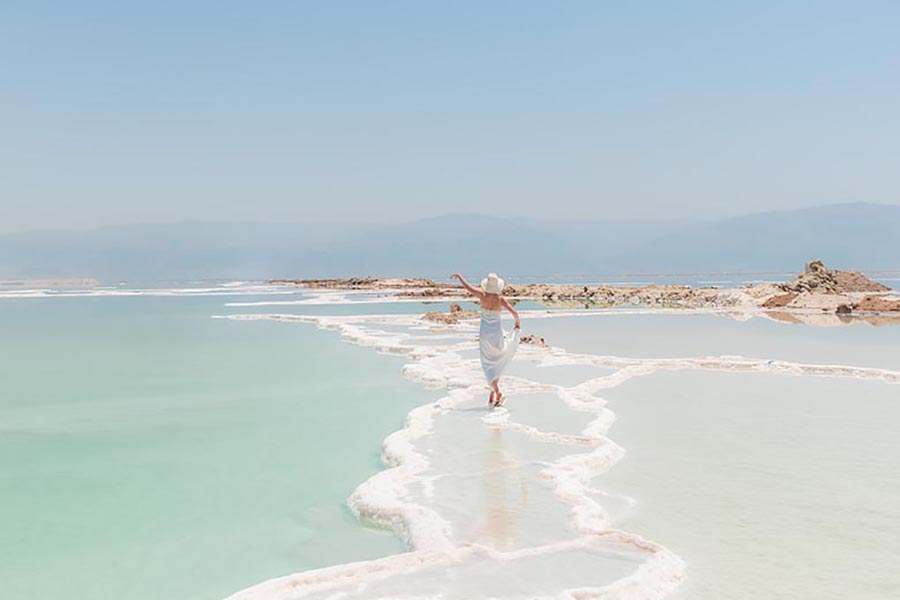The Baltic Sea is interesting due to its unique environment, history, and characteristics. The low salinity of its waters, the presence of thousands of shipwrecks, the construction of the longest underwater gas pipeline in the world, and the largest concentration of amber – that’s just a tiny piece of facts about it.
Baltic Sea Facts
- The Baltic Sea washes the shores of only one part of the world, Europe. It is connected to the Atlantic Ocean, which has made it an important trade route since ancient times.
- There are more islands in it than in any other sea on Earth. Part of the Baltic Sea between the Gulf of Bothnia and the Gulf of Finland is called the Archipelago Sea, where the world’s largest archipelago by the number of islands is located – there are about 50,000 of them here. However, most of them are very small, just rocks and shallows sticking out of the water.
- The area of the Baltic Sea is 419,000 km². For comparison, this is slightly larger than the area of Norway and slightly smaller than the area of Sweden. Croatia could be placed here 7.5 times, Moldova – 12 times, and Montenegro – 30 times.
- Since most of the water in this sea comes from rivers, the water here is just slightly salty. This is the largest sea in the world with this feature. In the central part of the sea, the salinity of the water at the surface is 5-6 times lower than average, and in the Gulf of Finland and the Gulf of Bothnia, it is approximately 15 times lower.
- The ecology of the Baltic Sea is a cause for concern. After World War II, containers with toxic substances were buried here, and over the decades, these containers lost their tightness due to corrosion, so toxic substances began to seep out.
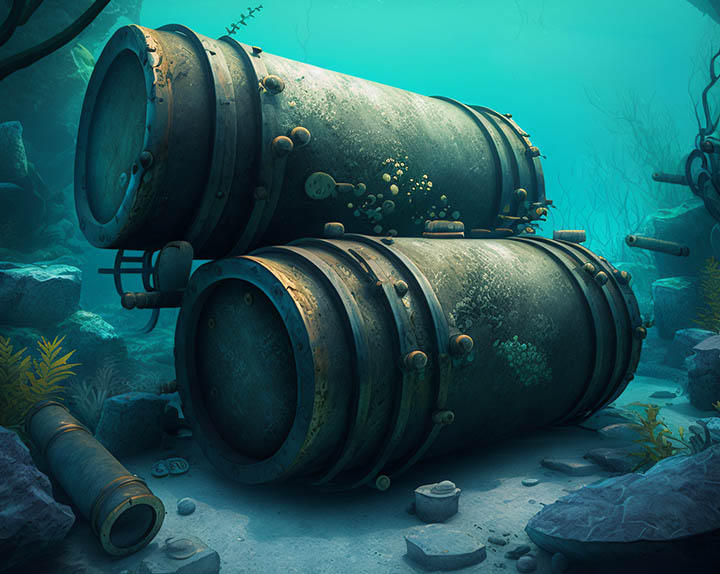
More Facts
- This sea washes the shores of nine countries: Russia, Germany, Lithuania, Latvia, Estonia, Norway, Sweden, Finland, and Poland.
- The Baltic Sea is very young, having formed only about 4000 years ago. This means it did not exist yet when the first Egyptian pyramids were built in ancient Egypt. The oldest of them, the Pyramid of Djoser, was built about 4500 years ago.
- After the last Ice Age, a huge glacier covering half of the Earth with an ice sheet retreated, and about 14,000 years ago, the Baltic Ice Lake formed in the place of the modern Baltic Sea. Then other bodies of water appeared in this place: the Yoldia Sea, the Ancylus Lake, and the Litorina Sea, until the Baltic Sea finally formed.
- The Neva River, on which St. Petersburg (the “Northern capital” of Russia) was built, is one of the largest rivers flowing into it. An interesting fact: the Neva River and the Baltic Sea are roughly contemporaries, having formed at about the same time, give or take.
- The average depth of the Baltic Sea is only 167 feet (51 meters), and the maximum is 1542 feet (470 meters). In the Philippine Sea, the deepest one in the world, the average depth reaches 13,478 feet (4108 meters), and the maximum depth is 36,070 feet (10,994 meters).
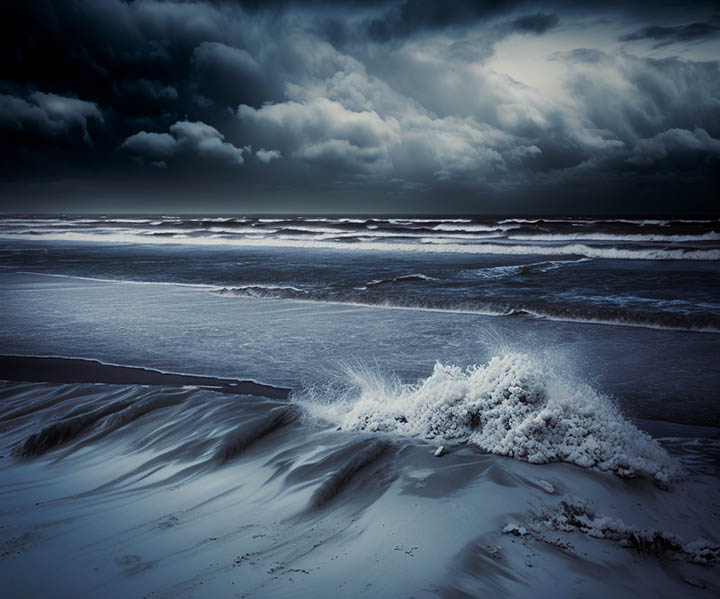
- The Baltic Sea exceeds Lake Baikal (the largest freshwater body on Earth) by volume by ~900 times. However, its maximum depth is more than 3 times less.
- It is well known that seawater cannot be drunk because it is too salty. However, in an emergency, Baltic waters can be drunk because they are not too salty. This is certainly harmful but not fatal, and it can save shipwrecked people from death by thirst.
- High waves are very rare here, usually, even during a storm, they do not exceed 10-12 feet (3-3.5 meters) in height. But the official record wave height in the Baltic Sea is a whopping 36 feet (11 meters)! However, this happens rarely, only when a strong hurricane drives water from the deep areas of the sea onto the shallows.
- Only 257 islands here have an area of more than 1 km². Some of them are inhabited, and a total of about 60,000 people live on the islands. The largest island is Zealand, with an area of 7031 km², which is 6.5 times smaller than the area of the Moscow region.
- The waters of the Baltic and North Seas have different densities, so they practically do not mix where they meet. In this place, you can see an amazing picture: two areas with water of different colors, and they do not mix with each other.
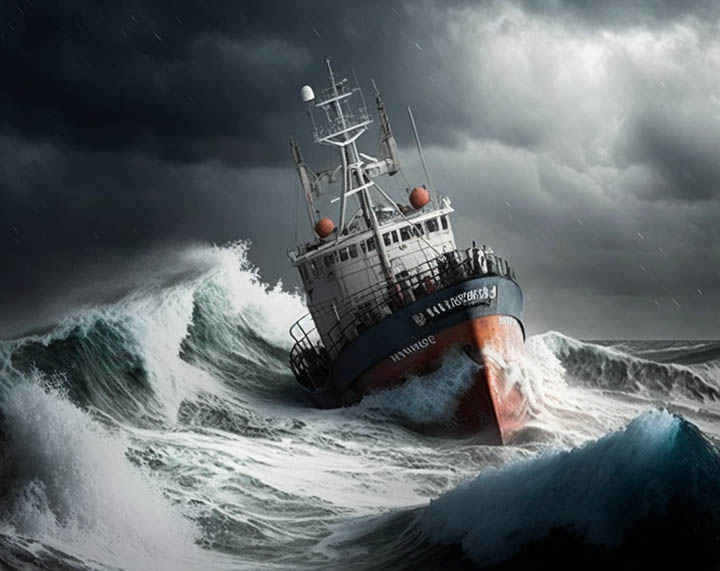
Miscellaneous
- Many naval battles took place in the past on the Baltic Sea. The remains of thousands of ships rest on the sea floor here.
- From 2012 to 2014, Russia built the longest underwater gas pipeline in the world on the bottom of the Baltic Sea, the “Nord Stream”, which is 760,5 miles (1,224 km) long.
- Tides and currents in the Baltic Sea are some of the weakest in the world when compared to other seas. The water level usually only changes by 8-12 inches (20-30 centimeters) at different times of the day.
- In the winter, the northern part of the Baltic Sea freezes over. This is due to both the relatively cold climate of the region and the low salinity of the water.
- There are very picturesque beaches here. However, not everyone desires to swim in the waters of the Baltic Sea, as the water is still quite cold even in the warmest summer months.
- The concentration of gold in the waters of the Baltic Sea is higher than in any other. However, its industrial extraction from the water is still not economically feasible, at least with current levels of technology.
- About 250 rivers flow into this sea, but only 8 of them are major rivers – the Neva, Narva, Western Dvina (Daugava), Nemunas, Pregolya, Vistula, Oder, and Venta. Only the Vistula and Daugava are more than 1000 km long.
- This sea had many different names in the past. Nowadays, it is almost universally referred to as the Baltic Sea.
- More amber is extracted on the shores of this sea than anywhere else in the world. The world’s only amber factory is located here, in the western part of the Kaliningrad region of Russia.
- Throughout the history of meteorological observations, there have been about 20 cases when the Baltic Sea froze completely in the winter. The last time this happened was in 1987.
